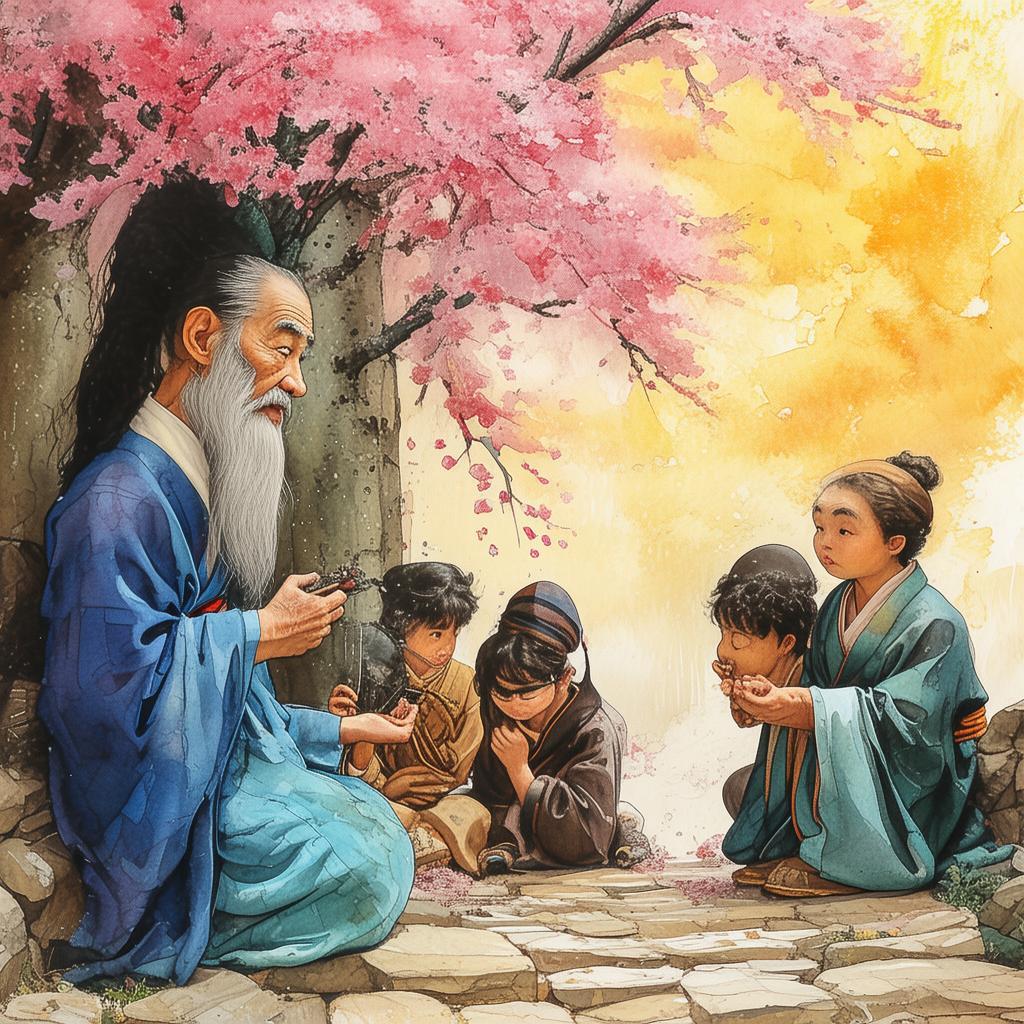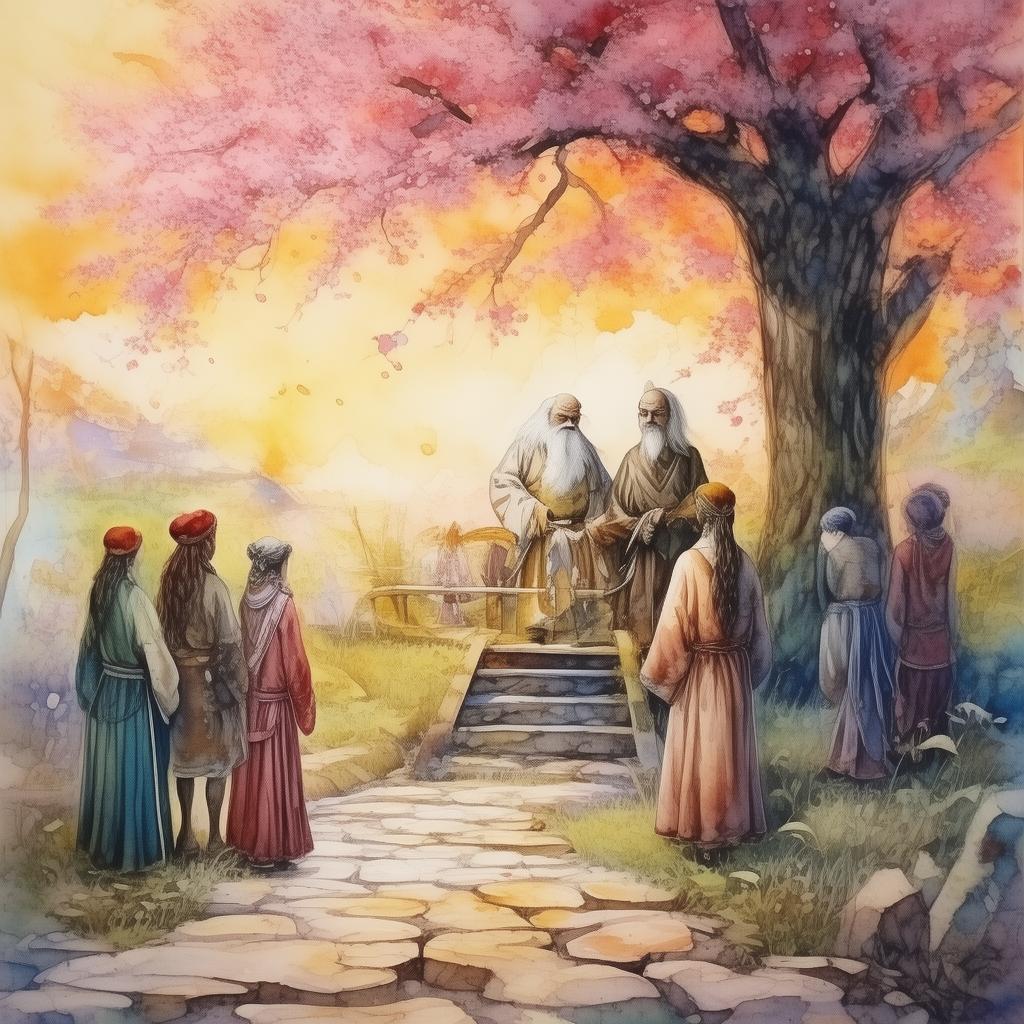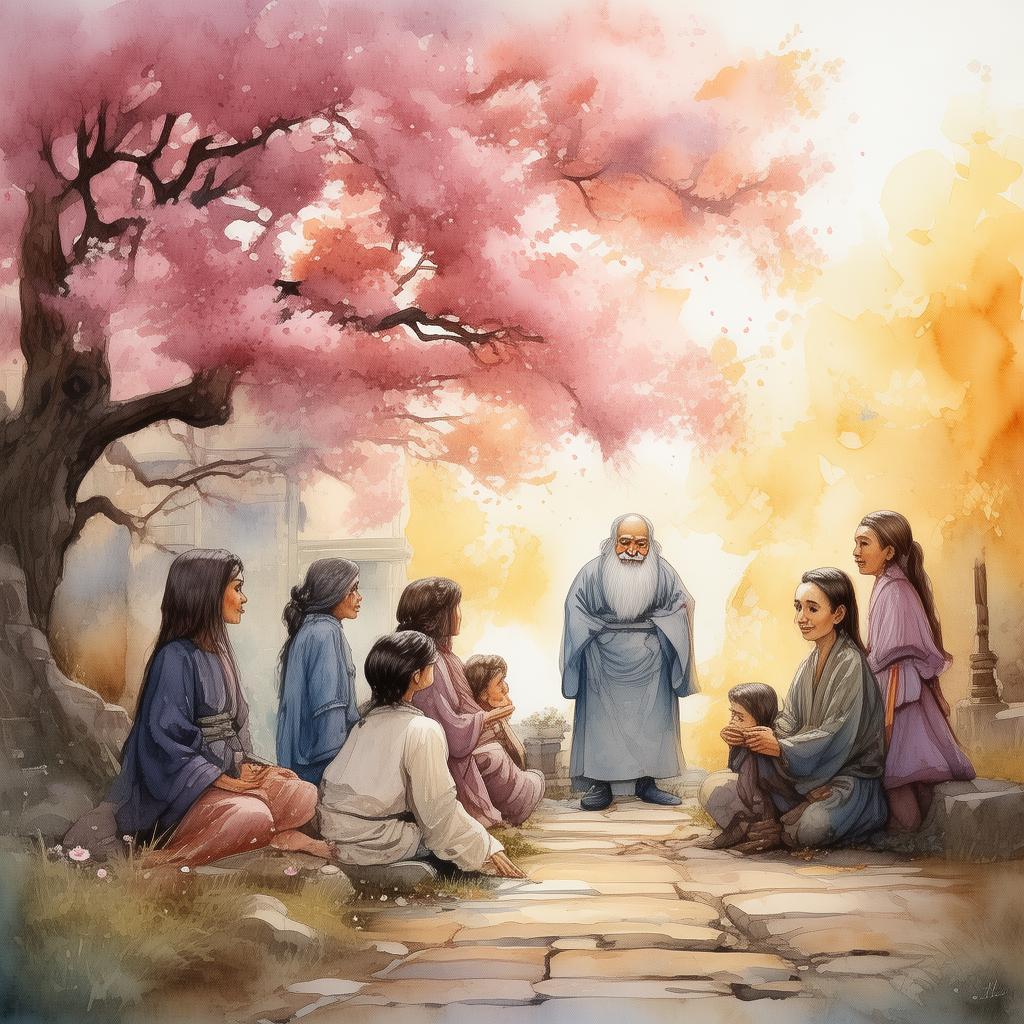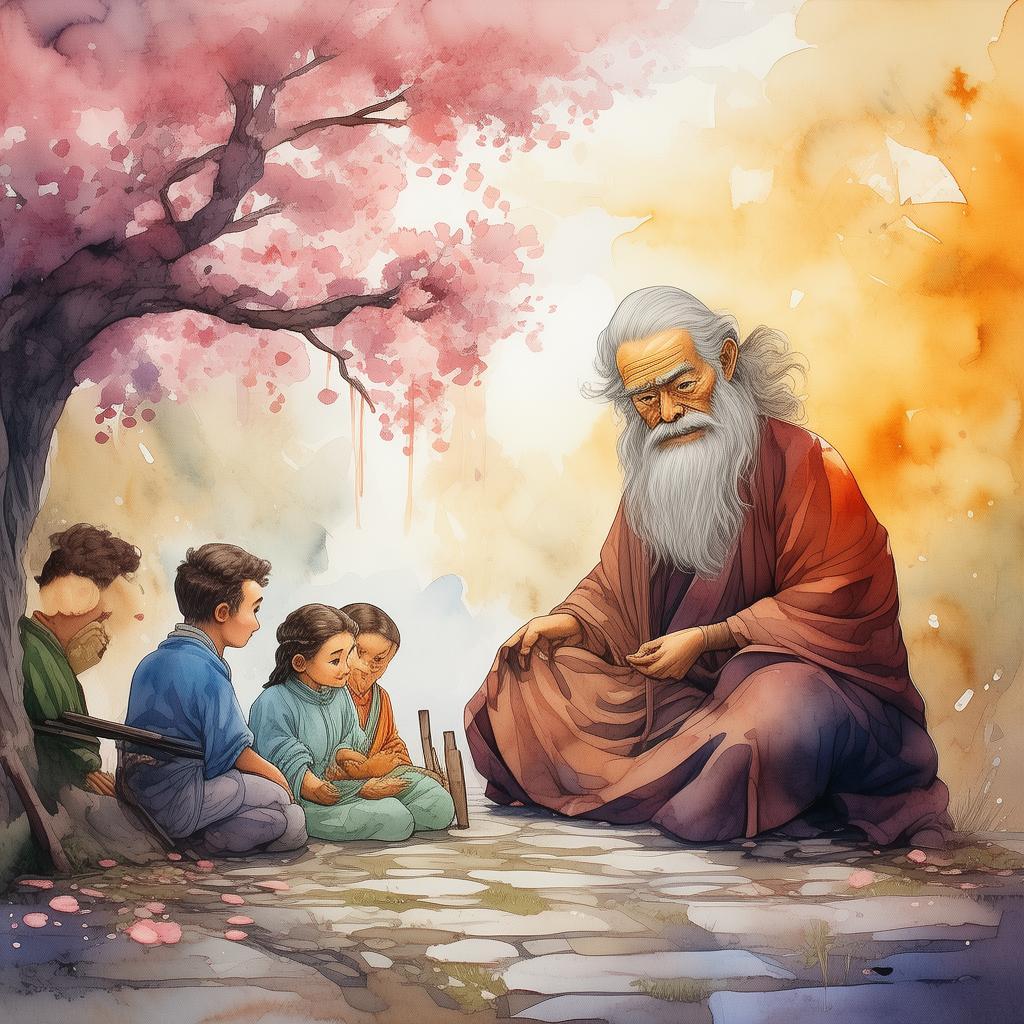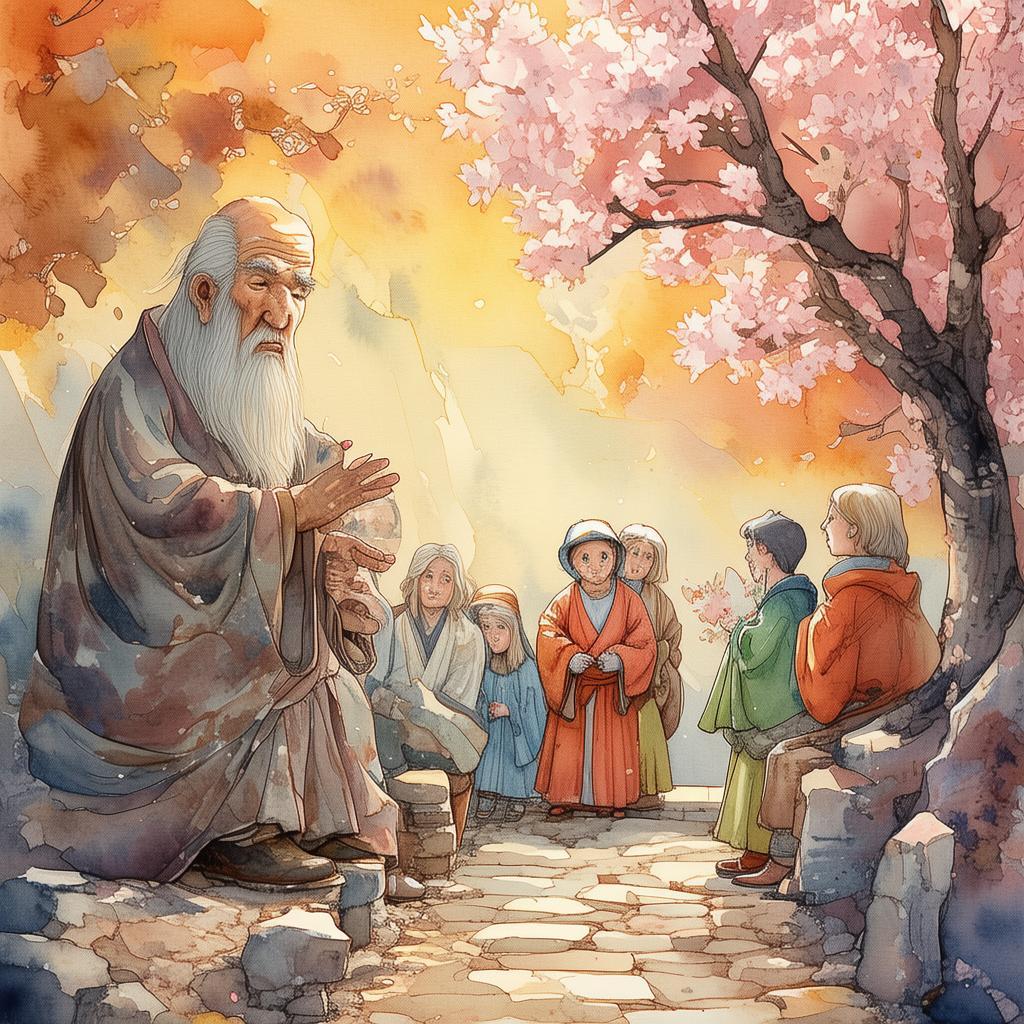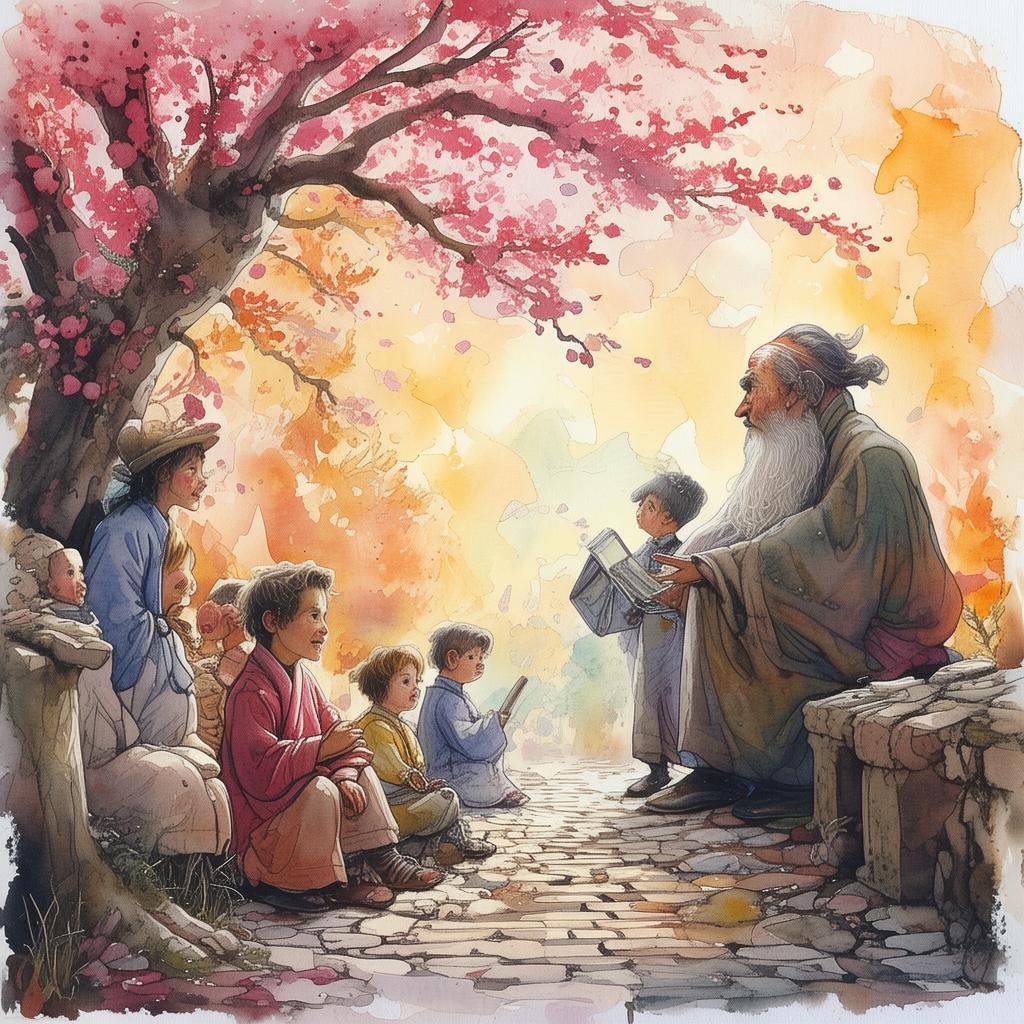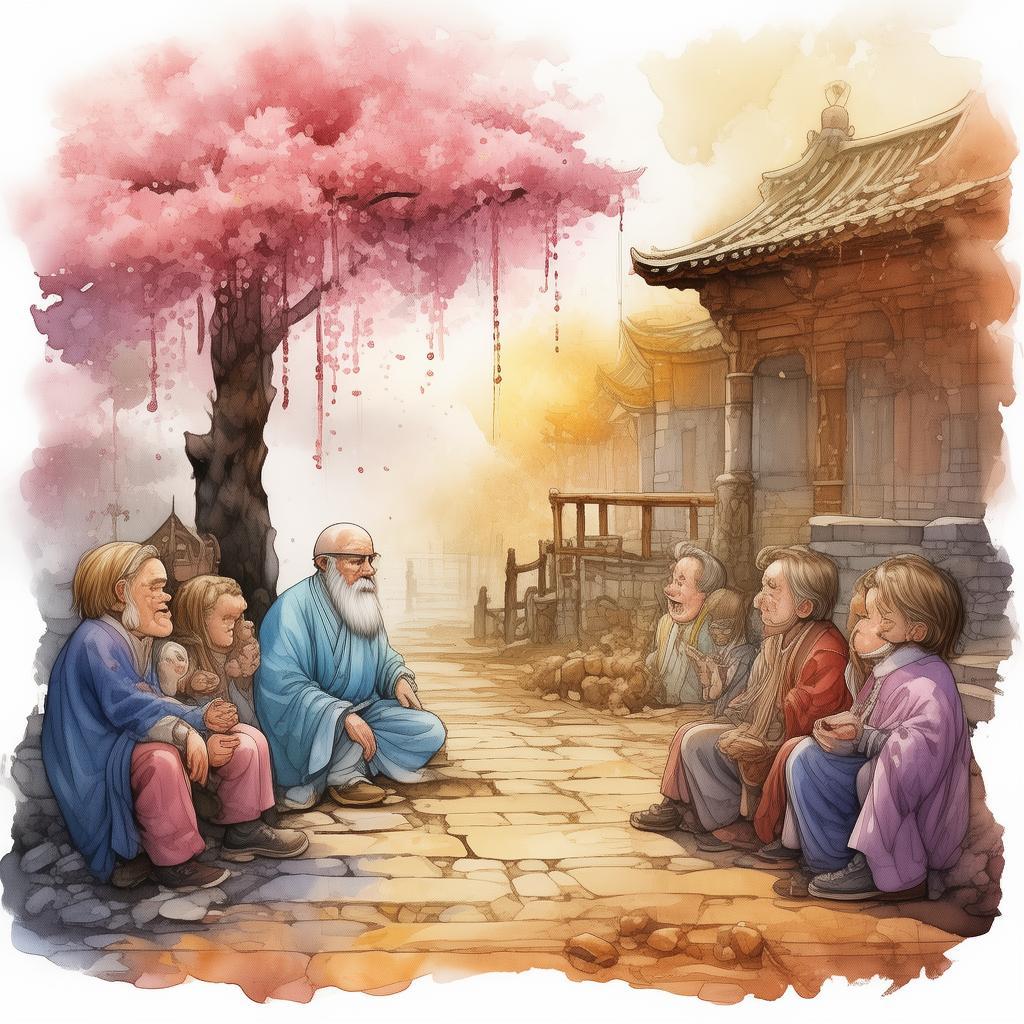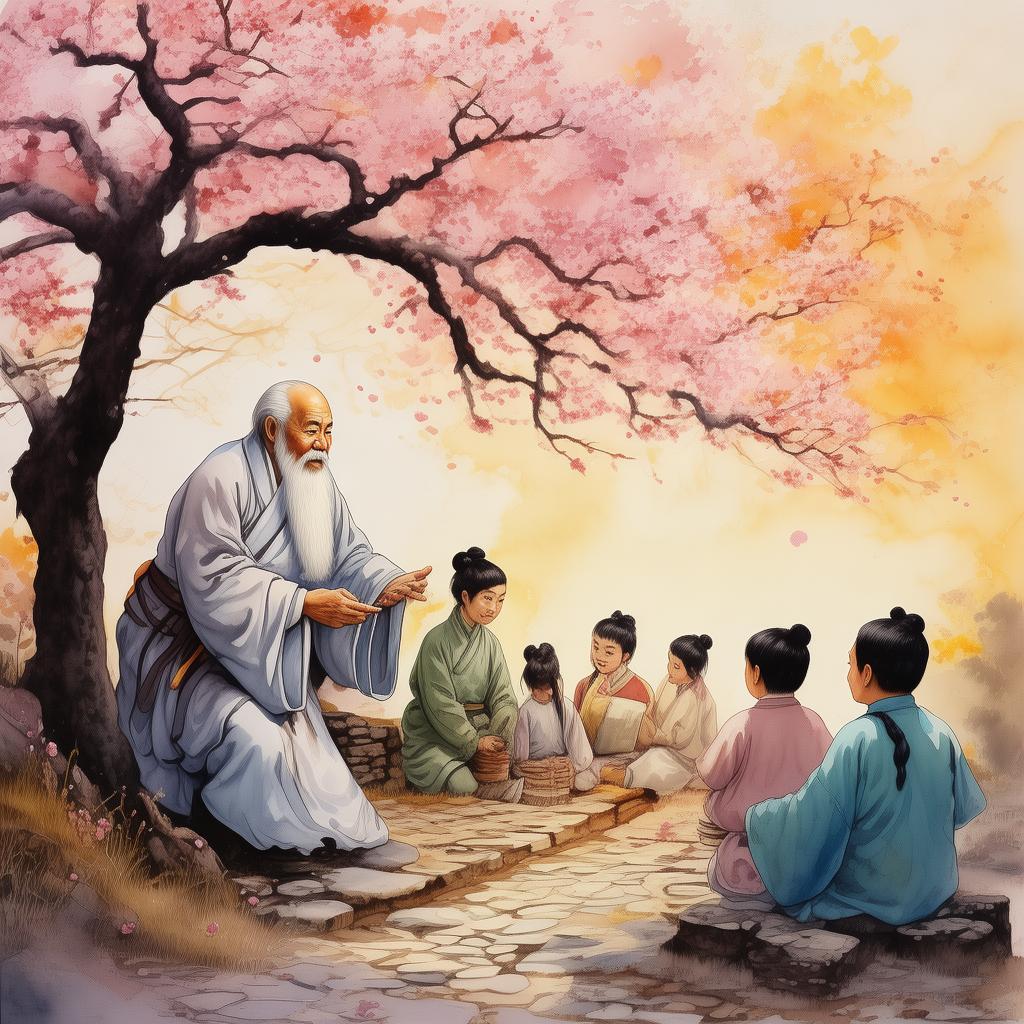Designing the Future: The Architect's Anger
In the bustling metropolis of Neo-Tian, the skyline was a testament to the architectural marvels of the last century. Among the towering skyscrapers and intricate urban designs, there stood a project that was to become the jewel in the crown of the city—the "Harmony Gardens," a sprawling park designed to blend nature with the urban sprawl. It was the brainchild of a renowned architect, Mr. Lin, whose name was synonymous with innovation and beauty in the field of urban design.
The Harmony Gardens was more than just a park; it was a vision of a harmonious coexistence between nature and humanity. Mr. Lin's design was to be a testament to his belief that beauty and utility could go hand in hand, and that the city could be a place of both progress and tranquility. However, his dream was met with a storm of controversy and corruption.
The city planner, Mr. Chen, saw the Harmony Gardens as an obstacle to his own vision. He believed that the land was better suited for a new shopping district that would boost the city's economy. Mr. Chen's proposal was met with enthusiasm from the city's business elite, but it was a direct threat to Mr. Lin's masterpiece.
As the architect's plans were slowly eroded by the city planner's influence, Mr. Lin's anger began to boil over. He was not just angry about the loss of his design; he was angry at the system that allowed such a thing to happen. He was angry at the corruption that had crept into the heart of the city's planning process.
One evening, as the sun dipped below the horizon, casting a golden glow over the city, Mr. Lin stood on the rooftop of his office building, overlooking the skyline. He was alone, his face etched with lines of frustration and despair. He turned to the city below, his eyes narrowing in a mix of sorrow and determination.
"I will not let this happen," he whispered to himself. "The Harmony Gardens is more than just a park; it is a symbol of hope and possibility. It is a testament to what we can achieve when we work together for a common good."
The next morning, Mr. Lin's office was abuzz with activity. He had decided to take a stand, to fight for his vision. He gathered his team, the architects and planners who had worked with him on the project, and laid out his plan.
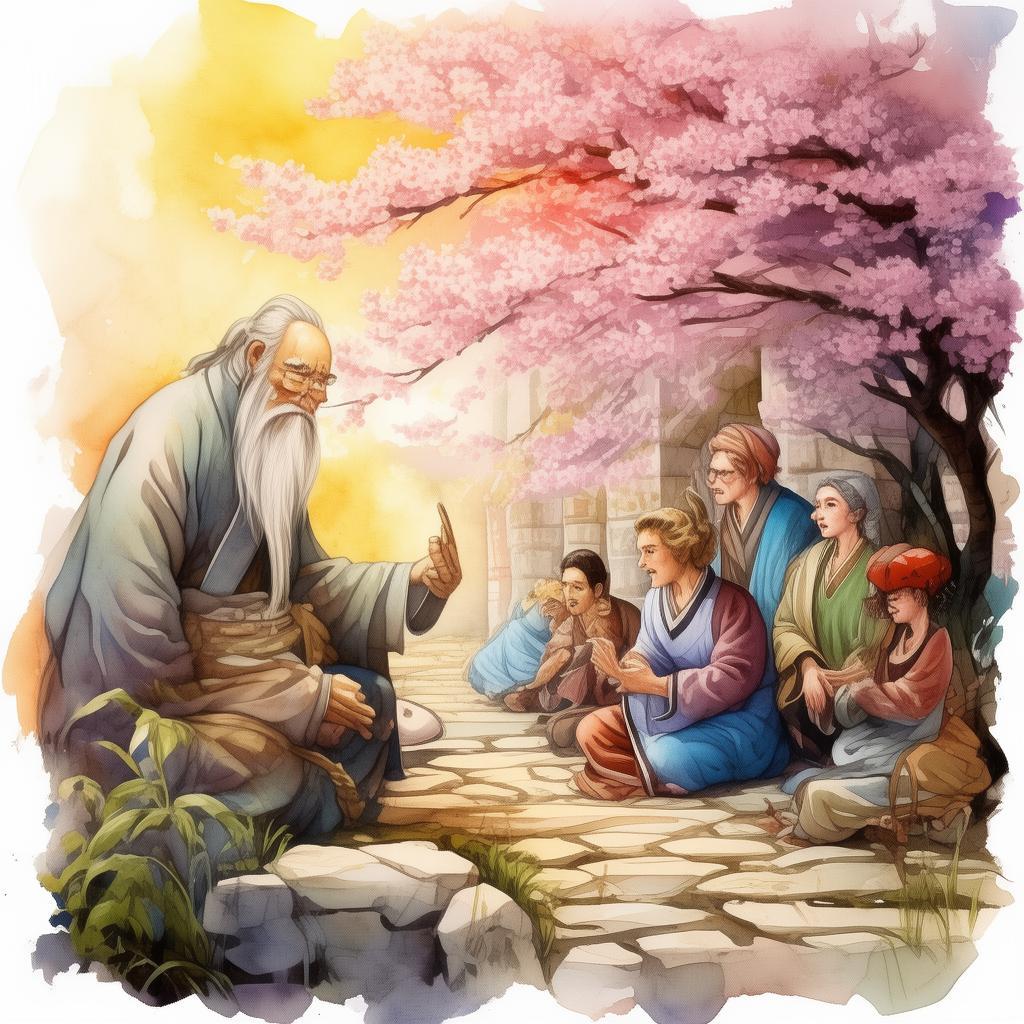
"We will protest," he declared. "We will gather the public, the media, and anyone who believes in the importance of art and architecture in our cities. We will show them that the Harmony Gardens is worth fighting for."
The protest was a spectacle. Tens of thousands of people gathered in the square in front of the city hall, holding banners and signs that read "Save the Harmony Gardens" and "Architecture for the People." Mr. Lin stood on a platform, his voice echoing through the crowd.
"This is not just about a park," he said. "This is about the future of our city. It is about the right to have our voices heard and our dreams realized. The Harmony Gardens is a symbol of that right."
The media was there, capturing the moment. The city planner, Mr. Chen, was forced to confront the public's anger and the strength of Mr. Lin's vision. The city's leaders were put on the spot, forced to explain why they had chosen to ignore the public's will.
As the days passed, the pressure mounted. The public was behind Mr. Lin, and the media was relentless in its coverage. The city planner's proposal began to falter, and the city's leaders were forced to reconsider their position.
Finally, after weeks of protest and public pressure, the city council announced that the Harmony Gardens would be saved. The land would be preserved, and Mr. Lin's vision would be realized.
Mr. Lin stood in the center of the park, his eyes reflecting the setting sun. The Harmony Gardens was a testament to his passion, his anger, and his belief in the power of architecture to change the world.
"The future is not something that is given to us," he said. "It is something that we create, with our hands and our hearts. And today, we have taken a step towards that future."
The crowd erupted in cheers, their voices a testament to the power of protest, the beauty of architecture, and the enduring spirit of a man who believed in the power of dreams.
In the end, Mr. Lin's anger was not just a force of destruction; it was a force for creation. The Harmony Gardens was more than just a park; it was a symbol of hope, a reminder that the future is not something that is handed to us on a silver platter, but something that we must fight for, every day.
✨ Original Statement ✨
All articles published on this website (including but not limited to text, images, videos, and other content) are original or authorized for reposting and are protected by relevant laws. Without the explicit written permission of this website, no individual or organization may copy, modify, repost, or use the content for commercial purposes.
If you need to quote or cooperate, please contact this site for authorization. We reserve the right to pursue legal responsibility for any unauthorized use.
Hereby declared.
